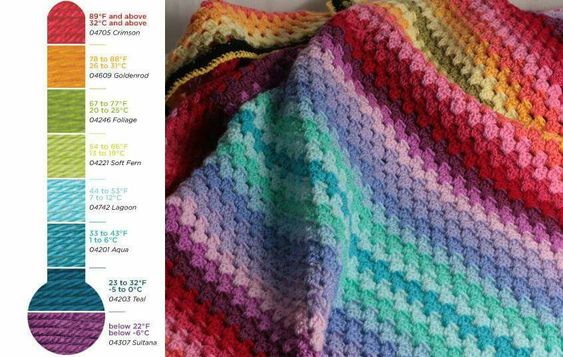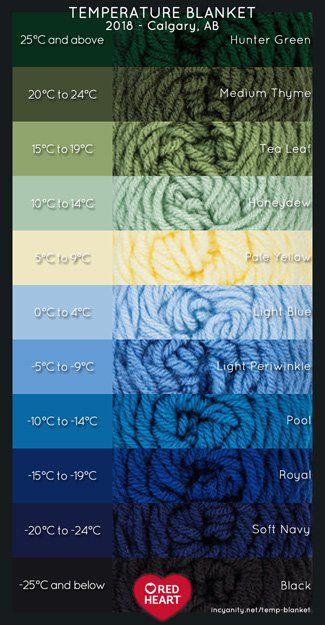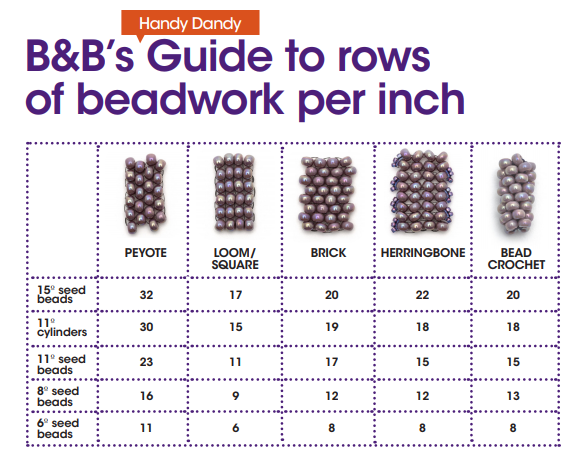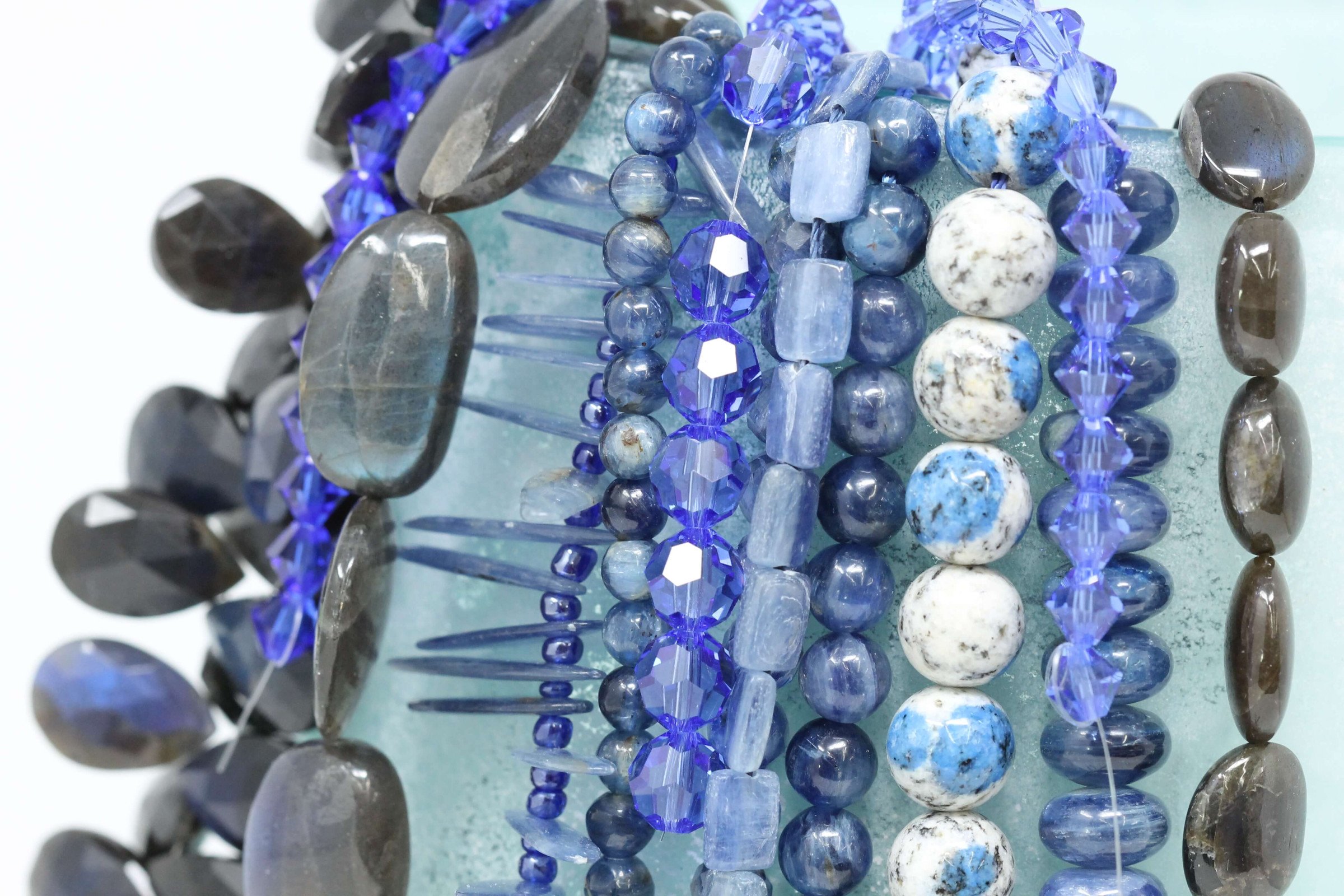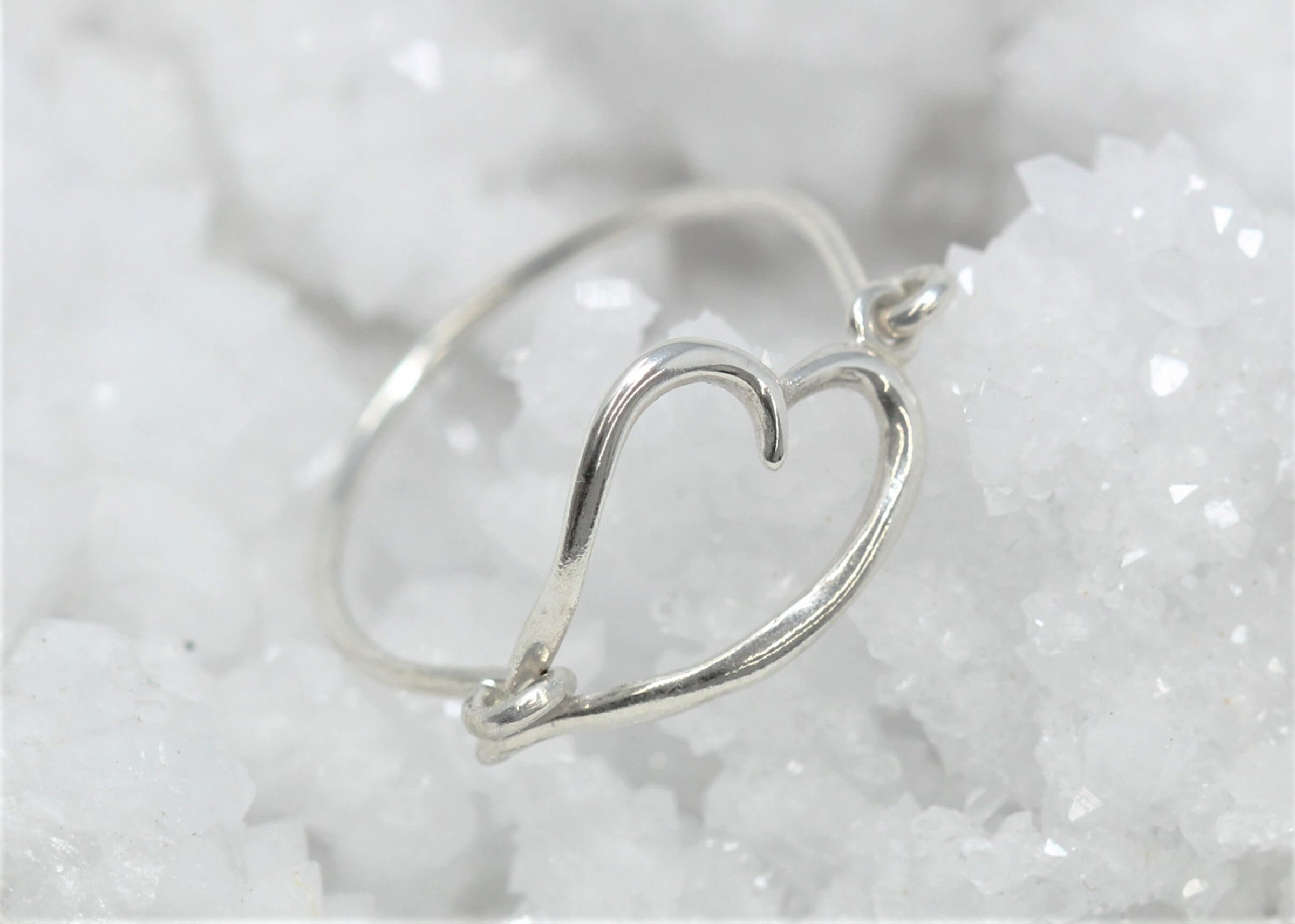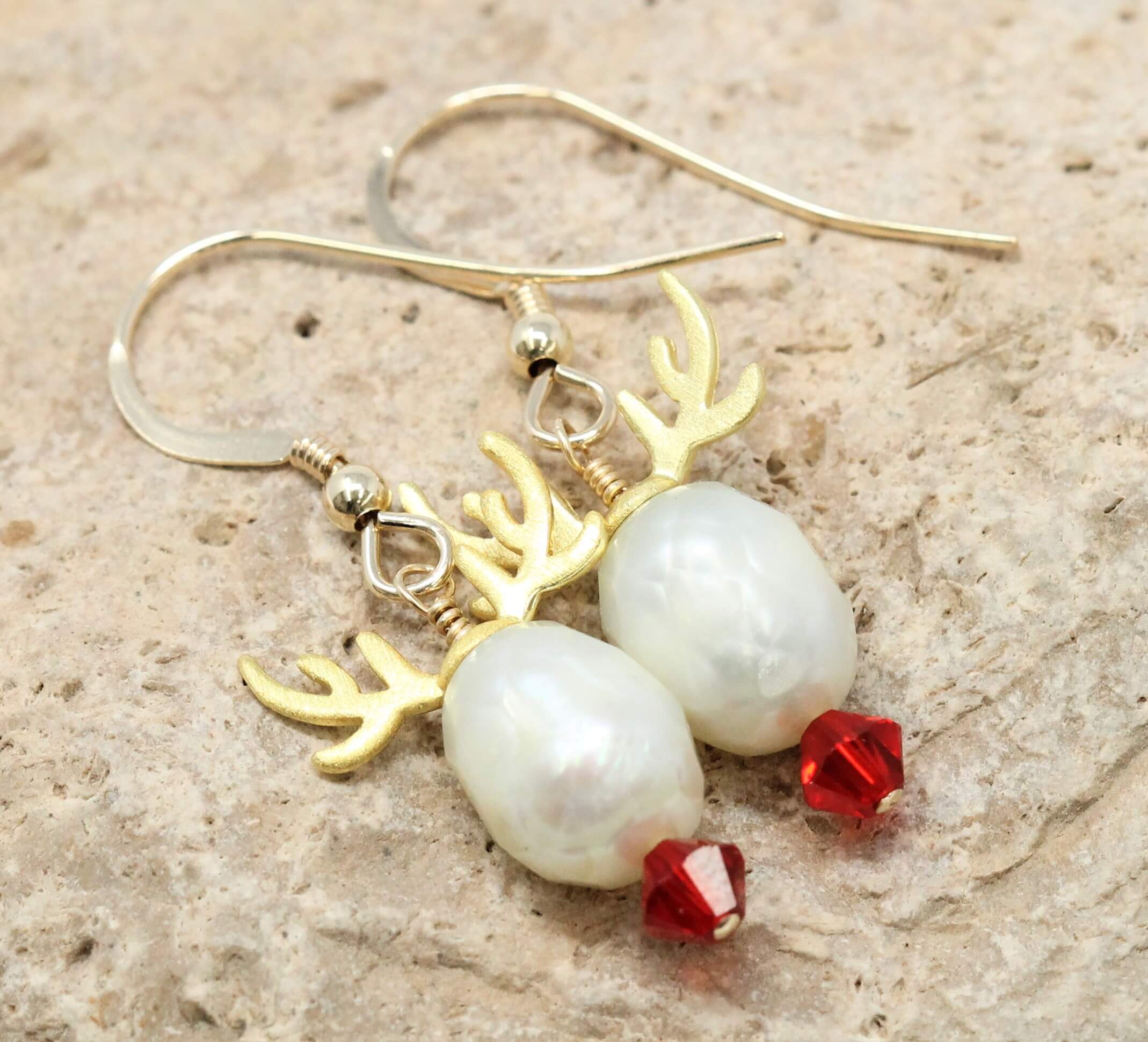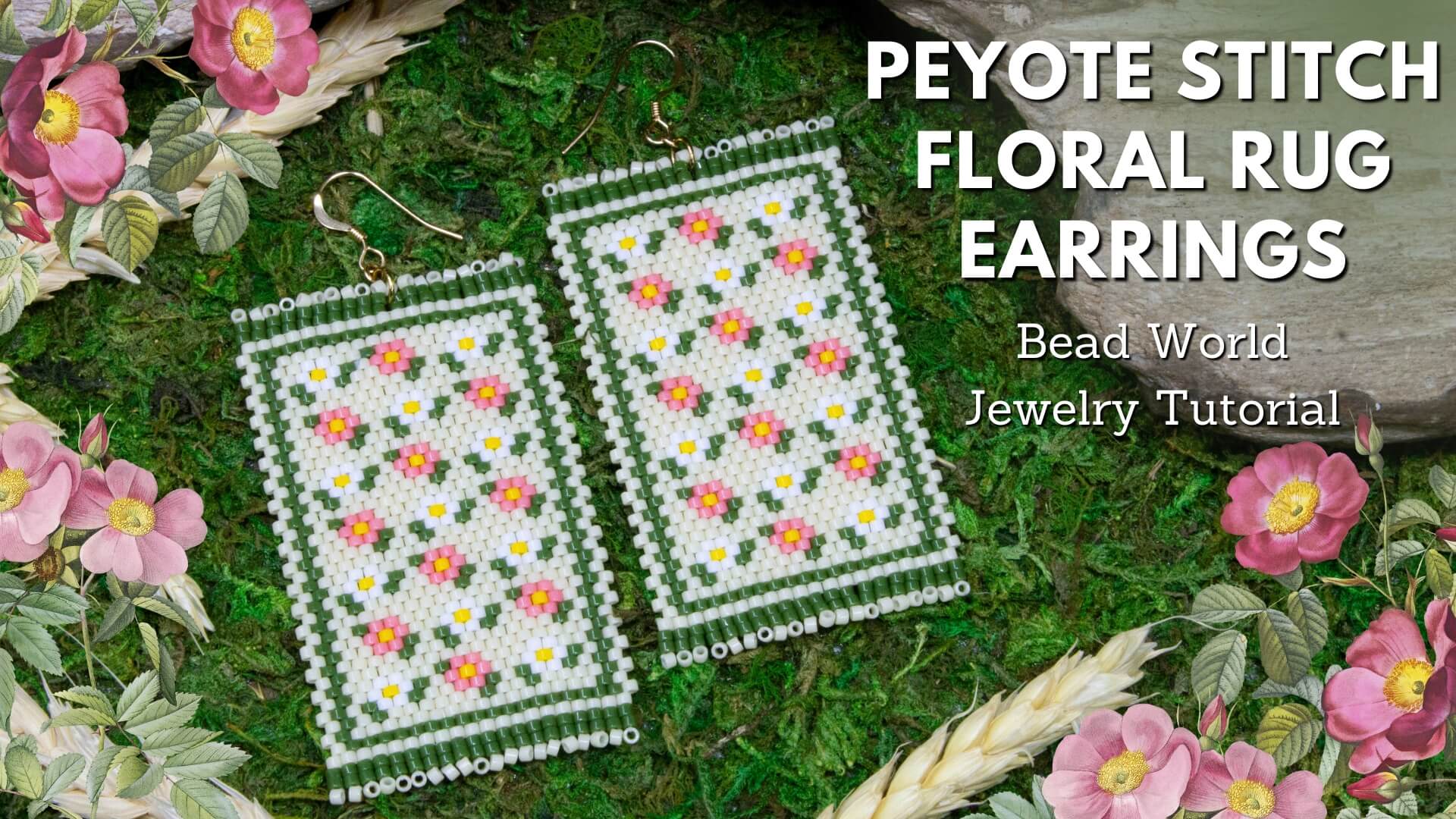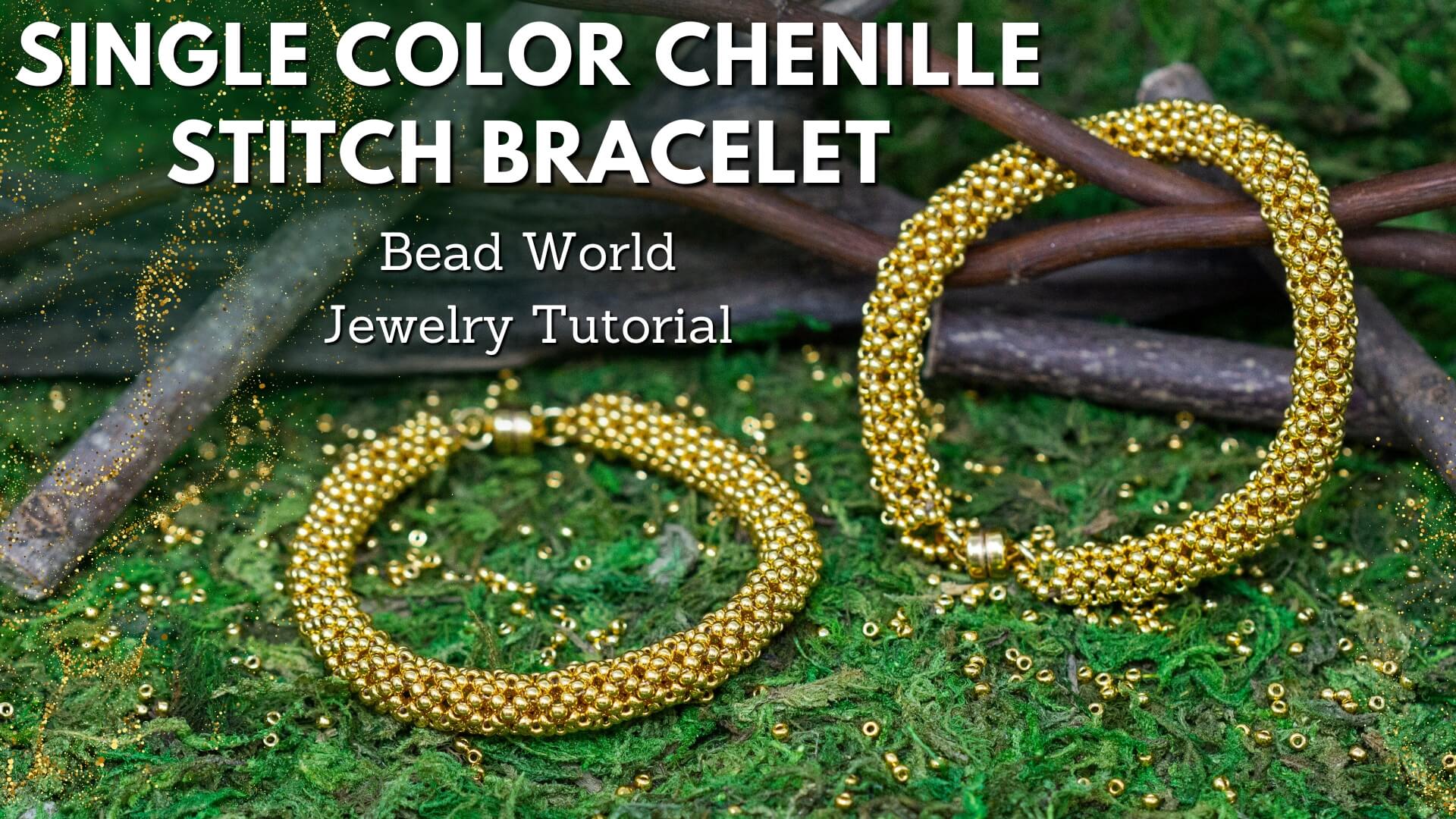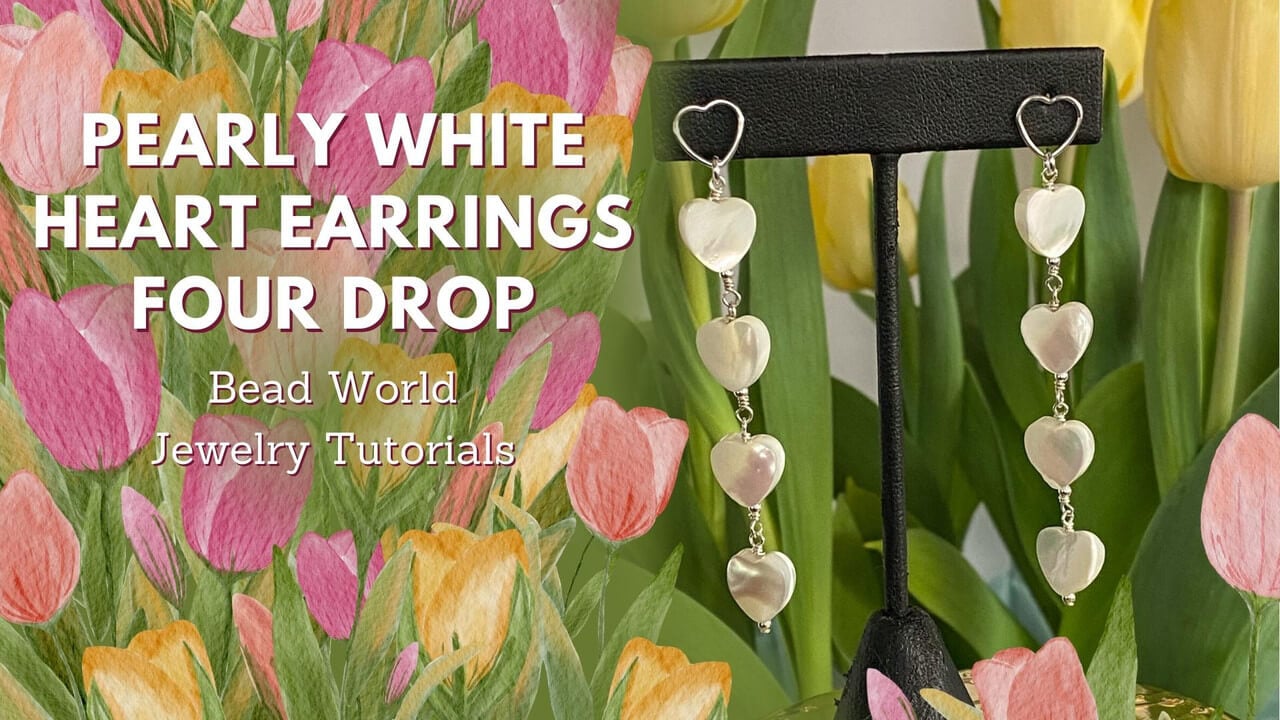Tutorials
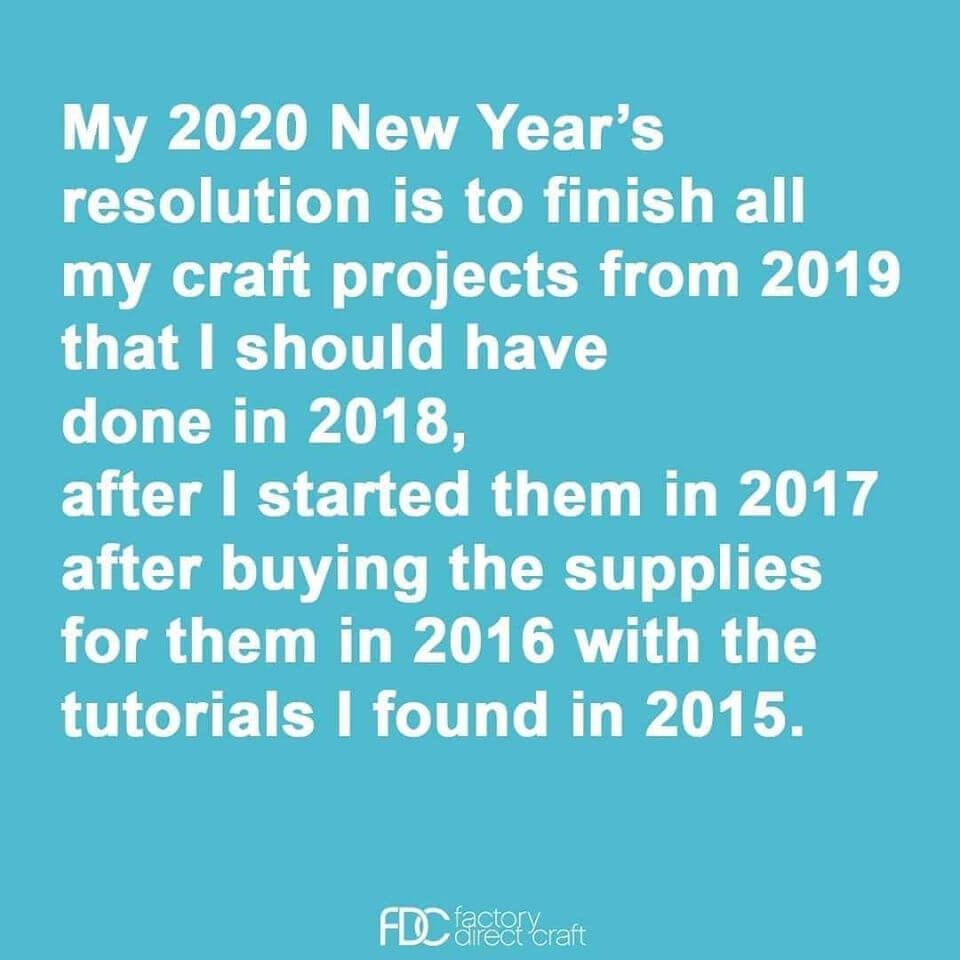
Bead World's Temperature Design Challenge
Bead World's Temperature Design Challenge
Ok, so I've had a project in mind for a few years and am finally bringing it to fruition this year! I love the idea so much that I thought it would be fun to invite all you lovelies to join this challenge with me. Here is the rundown...
.
A few years ago I saw a project on pinterest called a Temperature Blanket or Temperature Afighan. I'm including photos in this post to give you visual inspiration of what I'm talking about. Essentially to make a blanket you choose a temperature range based on your location, select a few yarns (I've seen anywhere from 5-25 colors), divide up the temperature range into smaller ranges by the number of yarn colors chosen, and assign a yarn color to each smaller temperature range. Then you crochet or knit a row based on the temperature for that week or day (depending on how large you want the blanket to be). Since you're only crocheting or knitting a small amount each day or week, it's not a huge commitment. Plus, if you'd rather not do it every day, you can easily track the temperatures (or use a weather site) and do a larger amount every day or month, or when life allows you to catch up on it. The result is a gorgeous blanket with a natural gradient pattern that represents your year. I love that you don't have to think about the design or pattern and that nature makes it beautiful for you all on it's own. I think the blankets are stunning, but...I don't really like to crochet or knit.
sourced from justbrightideas.com
.
It got me thinking though - why couldn't I transfer this idea to a jewelry design? My initial thought was that a beaded bracelet would be equally gorgeous (if not more) with the gradient tones as the blankets are. I scoured pinterest and the rest of the internet, but couldn't find anything in the jewelry realm that utilized the temperatures for the design. If you know me, you know that peaked my interest even more. I love the possibility of blazing a new trail. So...here I go with making my own Temperature Jewelry Design Challenge! I hope some of you will join me for what I think will be a fun creative mission.
sourced from thecrochetcrowd.com
.
If you want to join me, or just want to follow along with the challenge, I've created a facebook group for us to all be in. This is a place for each of us to post our design plan, share progress photos, and ask questions if you're stuck on what to do. The link to join this group is: https://www.facebook.com/groups/482421532467605/.
.
There are so many possibilities with this design! I don't want to stifle any of you creative geniuses, but here are some general steps to get you started on making your own Temperature Jewelry Design in case you need a jumpstart:
- Join the facebook group (https://www.facebook.com/groups/482421532467605/). I'll post more there as I go along and would love to see what you guys are working on too!
- Start thinking about what design you want to make. There are limitless possibilities - seed bead projects, leather wrap bracelets, long beaded necklaces, wire wrapped designs...whatever you can think of! The design will likely determine the length and how often you should track the temperature. Some projects will only allow for one bead or row each week, whereas others could be daily or every other day. If you need inspiration, I think I'm going to do a peyote bracelet with a row for every other day (or maybe a double wrap with a row for each day), and a mala necklace with two beads for each week (maybe Wednesday and Saturday) and a few extra neutral beads to make up the rest of the necklace. Plan for ways to adjust the length at the end of the year so you can actually wear the piece you make. For seed bead projects, you can plan to add extra (neutral) beads or rows at the beginning and end of your project or use extender chain if you'll be adding a clasp. For leather projects you might be able to just knot extra button holes at the end to extend it to your ideal length.
- Next, select your full temperature range. You can use a weather website to get the average highs throughout the year. If you're in the Phoenix area, it seems like our average highs are about 60-110.
- Choose your beads & colors! This is the fun part. You'll want to decide on your design before doing this so you know what beads to choose. For colors, I've seen anywhere from 5-25 colors used on a temperature blanket. It seems like 10-15 is the average number of colors chosen. Some people prefer to do a rainbow of colors, but it doesn't have to be that. You can choose whatever color palette you love!! See the blue & green color range below for an example on a non-rainbow color palette.
- Divide your temperature range up by the number of colors you chose and assign a color to each smaller range. As an example, if you were in Phoenix based on the 60-110 degree average highs and chose 10 colors, this is a possible breakdown of the temperature ranges:
<65
66-70
71-75
76-80
81-85
86-90
91-95
96-100
101-105
>105
sourced from incyanity.net
.
If you're contemplating a seed bead stitch, I found this helpful guide to know how many rows of seed beads there are per inch for a few different stitches and different size beads. Please note I did not create this or test it out myself, and everyone's sizing may differ depending on how tightly you stitch, but it should get you started in calculating out how many rows you could do in your design. If you need help figuring out how many rows or beads you could do in a different type of project, post in the facebook group and we'll do our best to figure it out together!
sourced from facetjewelry.com
.
I hope lots of you will join me on this 2020 Temperature Design Challenge! We have such a diverse range of creativity here at Bead World that I always love seeing what you guys come up with!! I know I'm springing this on you quickly, so don't feel stressed to finalize a design and color range right now - just join the group now and catch up later if you need to. Even if you don't plan to make your own temperature design this year, I'd love to have you join the facebook group to follow along and see the progress photos.


